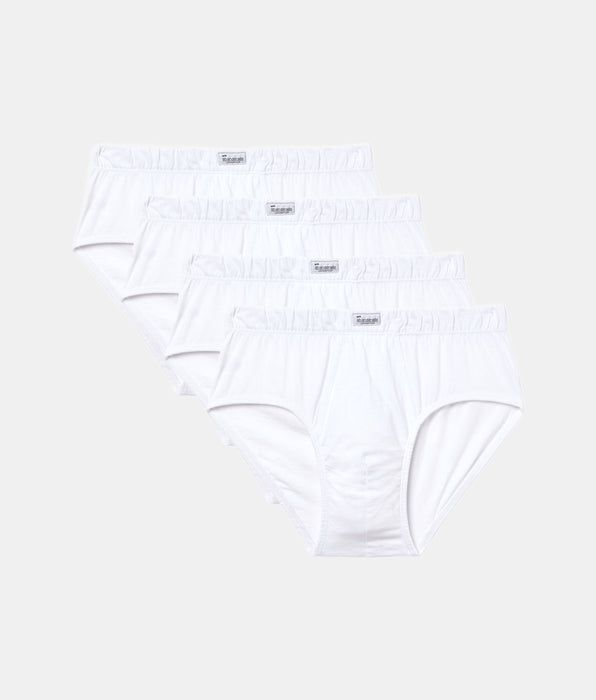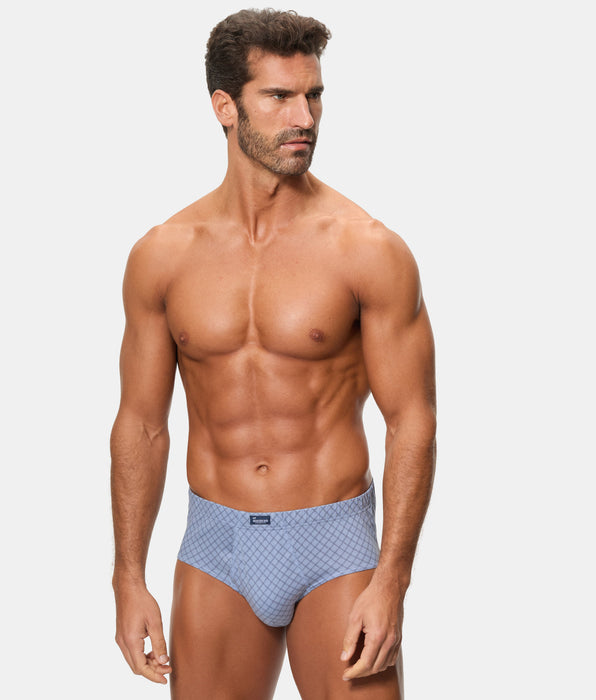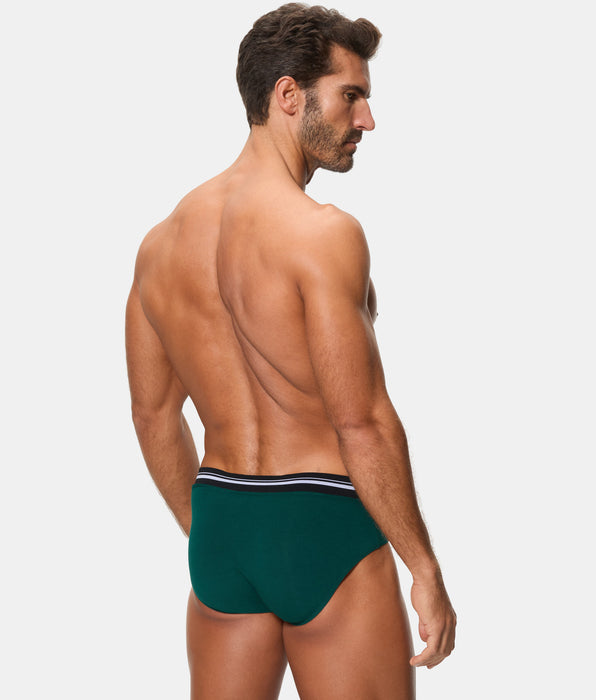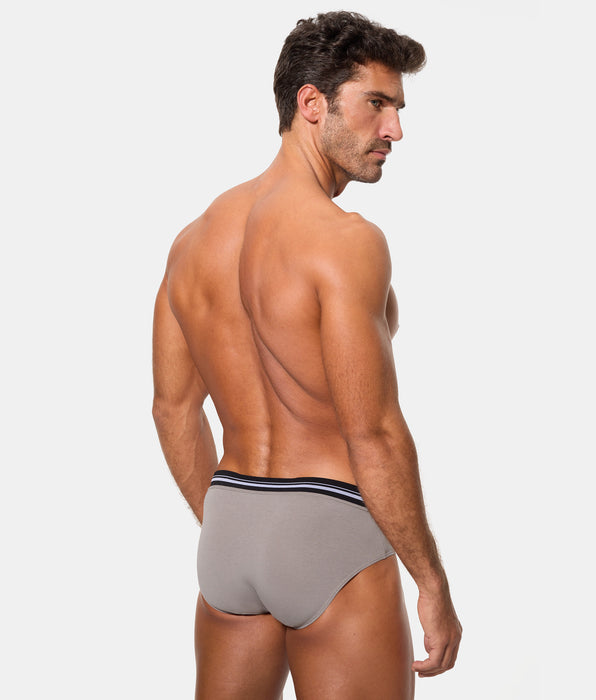The first known underpants
How do we know what materials the first underpants were made from? Well, in 1991, a pair of mountaineers in the Alps found the corpse of a Neolithic shepherd from about 5,000 years ago. When they unearthed him from the ice, they discovered he was wearing underpants made of goatskin . Being buried in the ice allowed the body and the clothes he wore to be preserved, surviving in very good condition. We can't know if Ötzi the Iceman's or Tutankhamun's were the first underwear worn in human history, but they are the earliest we know of. In Ancient Egypt, appearance, both external and internal, was of utmost importance, so the idea that linen, a noble and pure fabric, was chosen for making underwear is not at all far-fetched. We can also talk about the Romans, who in the time of the gladiators already used a type of diaper they called subligaculum. Gladiators didn't just use them; workers wore them to protect their genitals. These were made of linen or wool and reached down to the stomach, where they were held in place with a type of leather belt. Centuries passed and boxer shorts evolved , but it wasn't until World War II that they underwent a radical change. Material shortages meant the typical knee-length boxer shorts became shorter to save fabric. This resource-saving approach gave rise to the designs that would give rise to today's briefs. Also from this period on, the main fabrics used changed. From linen and wool, cotton became the dominant material, which began to coexist with new materials such as latex and lycra.

























